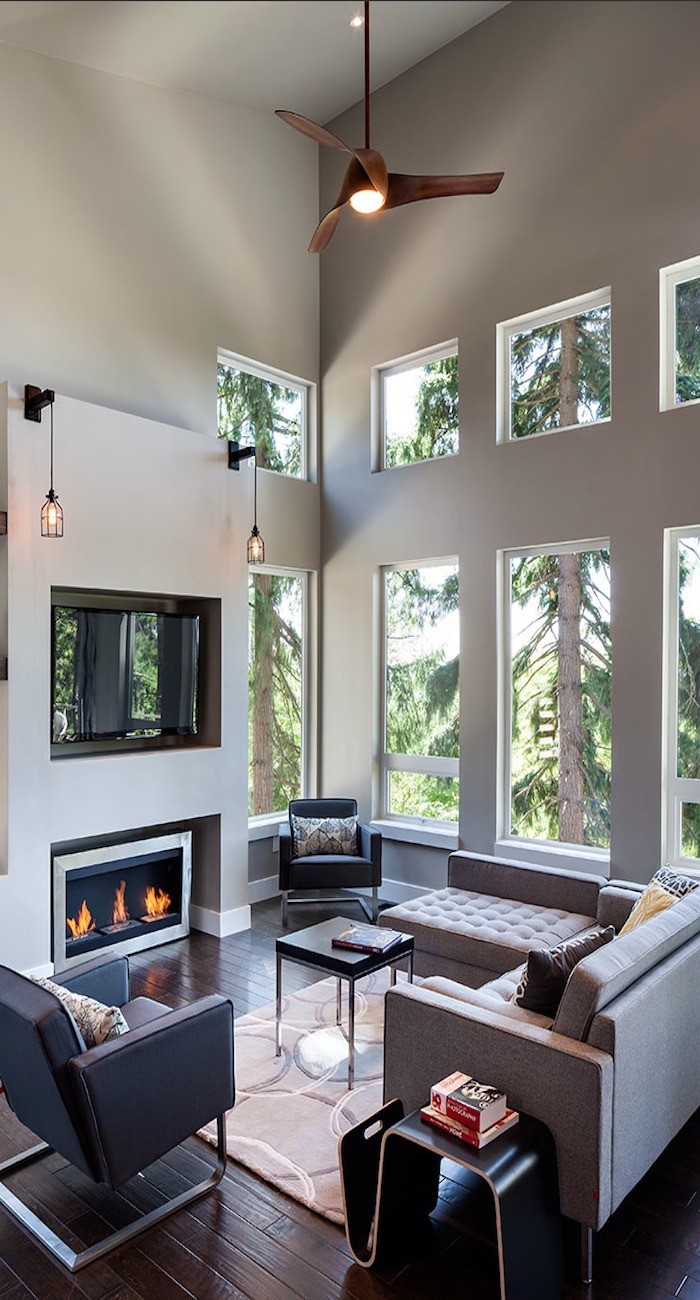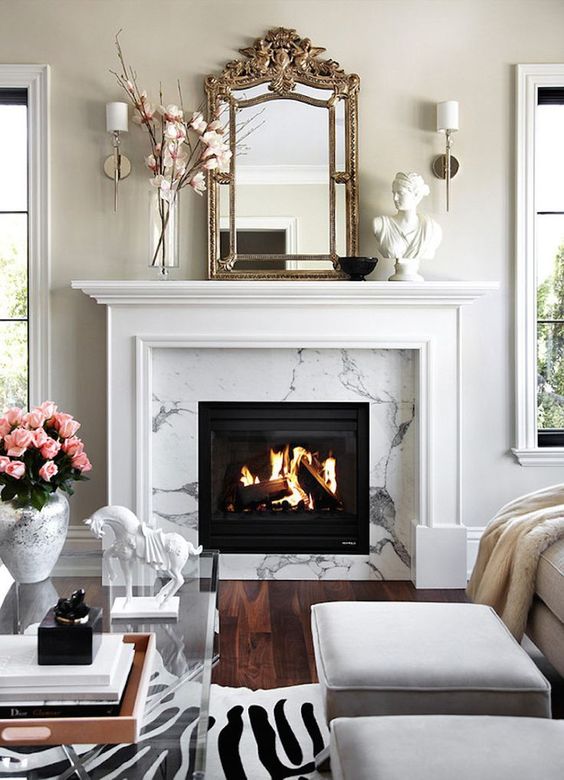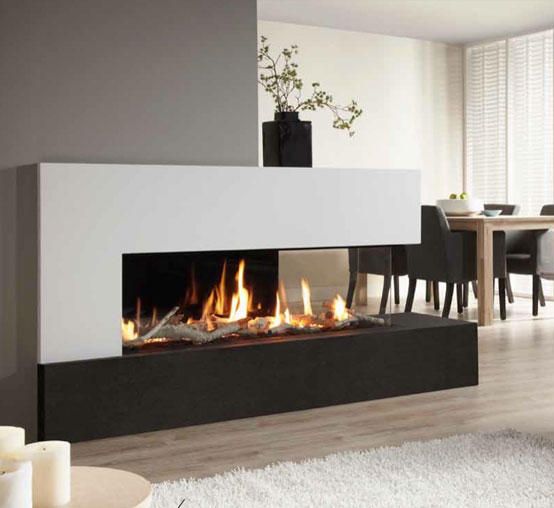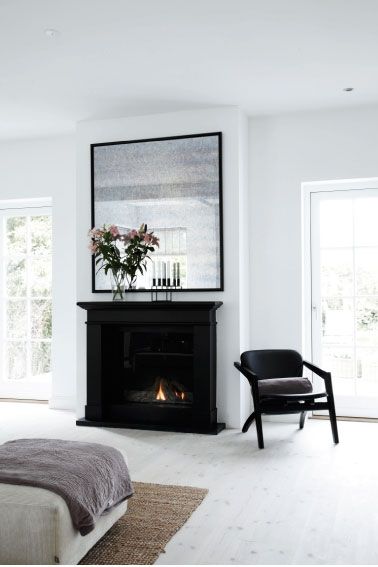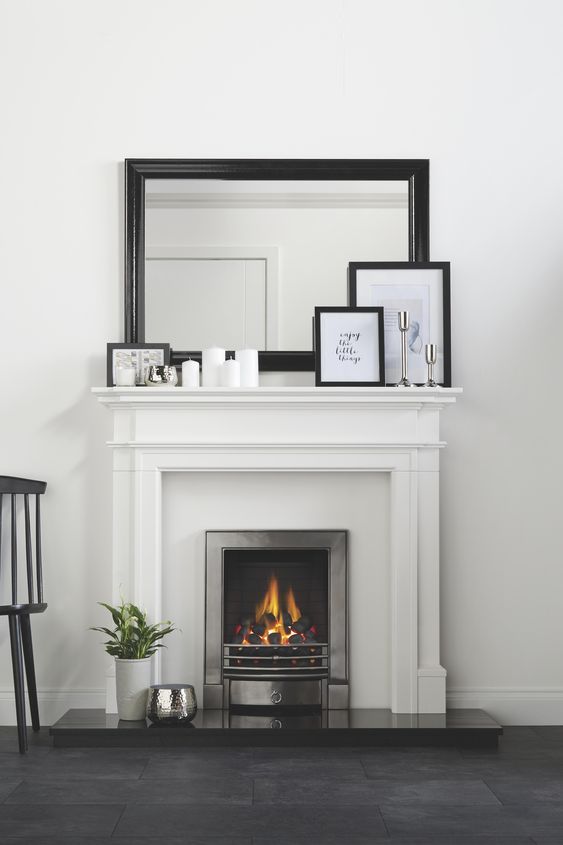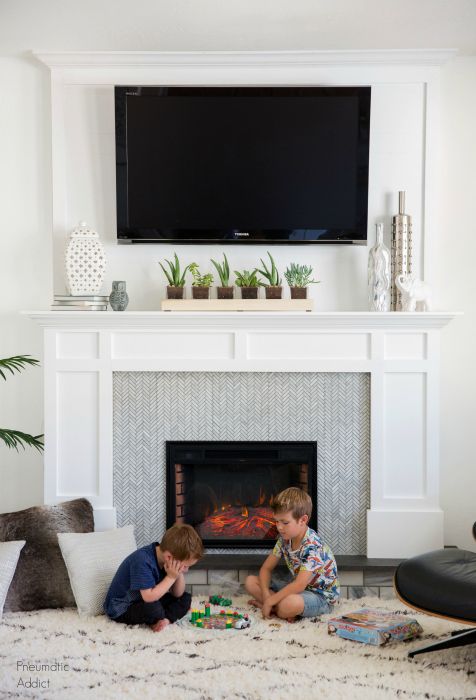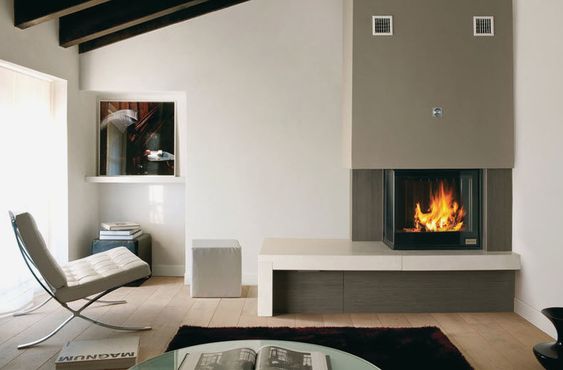Electric Fireplace Buying Guide: What to Look for Before Choosing One
Nothing compares to the cozy atmosphere and relaxing ambiance that a fireplace creates on a cold winter day. The flickering flames, gently crackling wood and radiating heat, apart from making you feel like you are starring into a cheesy Hallmark special, will make you grab a cup of coffee and relax under a warm blanket.
Unfortunately, not all homes have a fireplace and adding one is not always possible due to the layout of the rooms. But before researching credit plans for a house in the suburbs, you could consider picking up an electric fireplace. It requires no chimney, no major house renovations, no fuel whatsoever (well, apart from electricity of course) and, last but not least, it is quite cheap. But with so many options out there, it might be hard to decide what model to buy. For this reason, we have decided to write a small guide littered with tips and advice that will hopefully help you make up your mind. If you are looking for something more specific, you can check out the articles posted on Electric Fireplace Reviews. Here is what to look for before choosing an electric fireplace.
What is an Electric Fireplace?
At its core, an electric fireplace is an electric heater that mimics the look of your standard fireplace through a system of LED lights and mirrors. Due to the fact that they can be used with or without heat, they are great for creating a cozy atmosphere even during the midst of summer, if you are longing for those comfortable winter evenings in front of your favorite TV show.
The majority of electric fireplaces operate on a typical 120-volt outlets and have two heating options:
- Forced Fan – a series of fans blows overheated coils to generate heat in the room.
- Infrared Quartz – the heat is delivered into the room by using infrared light. Unlike forced fans, which produce heat by touching the air around the objects (be it furniture, people, etc), infrared quartz heats up the room by directly touching them, creating a more comfortable atmosphere.
When either type of fireplace is in operation, all areas except the one holding the heat itself is safe to the touch, which makes electric fireplaces ideal for families with children and overly curious pets.
As for the types of electric fireplaces, there are thee variations:
- Freestanding – can be placed against flat walls or in corners.
- Wall-hanging – pretty self-explanatory
- Mantels and media stands
A fourth type that is worth mentioning is the ceramic electric fireplace. A relative newcomer into the electric fireplace market, these devices are built out of aluminum baffles and ceramic plates. Along with the materials, another element that separates ceramic fireplaces from the others is the heating mechanism. Simply put, when electricity passes through the ceramic material, it heats it up. The heat, in turn, is then absorbed by the aluminum plates, and a fan blows the hot air out of the device and spread it around the room.
Ceramic heaters are arguably the most portable out of the bunch and tend to be safer than other types. However, their quality and features come with a hefty price tag.
Although they are very energy efficient, they have a few drawbacks that are worth mentioning. First, they obviously need electricity, which may or may not offset the cost of firewood needed to fuel a standard fireplace. Also, the heat from an electric fireplace might not be the same as burning wood, which is why choosing a fireplace with the correct BTU (more on that later) is important.
Features of a Typical Electric Fireplace
While electric fireplaces vary in terms of features and functionalities, there are a number of basic things that every model should have regardless of brand. They are as follows:
- A sleep timer for heat and flames
- Remote control to regulate heating levels
- A touch screen panel on the fireplace to control basic functions. The panel should light up when touched and dim down after several seconds.
- Bluetooth speaker (optional, but it is still nice to have)
- Multicolor backlights for light and ambiance control
- Day and night light modes
- Brightness settings
Size, BTUs and Heating Capacity
But even before considering factors such as type and outlets, you will need to figure out which size is best suited to your room. This aspect needs careful thought, as fireplaces that are too small might not have full coverage, while big devices might heat the room too much. As we have stated during the previous entry, average electric fireplaces come with standard 120-volt outlets that draw about 1500 watts and 12 amps. The best way to determine if the output is enough to heat up the room is by dividing 1,500 by 10. You can use the result – 150 – as a guideline, as that is the amount of square feet the device can heat properly. It is worth noting that other factors such as insulation, ceiling height, windows and type of flooring can affect the device’s heating output.
An easier way to figure out its heating capacity is by British Thermal Units. As a guide point, an average sized room needs about 4,600 BTUs per hour. For any problems, you can use an online calculator – simply type in the dimensions of the room, insulation, target heat and the tool will tell you what to do.
Conclusion
This concludes our electric fireplace buying guide. If you are looking to add some ambiance and elegance to your living room but you can’t afford, or you simply do not have the space for a regular fireplace, an electric device is the perfect alternative. If you are in the market for such a product, but you are unsure as to factors to consider, make sure to read through our small guide, and you will get all the necessary information.

